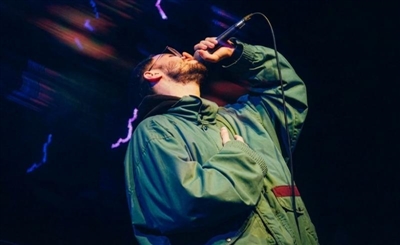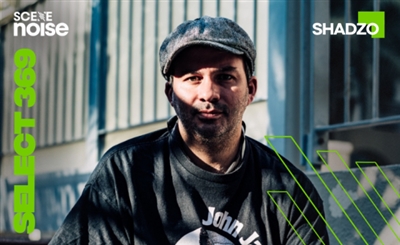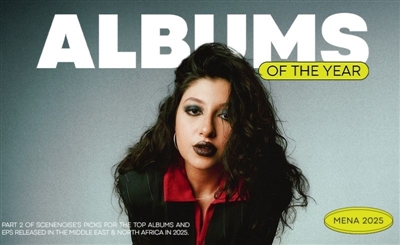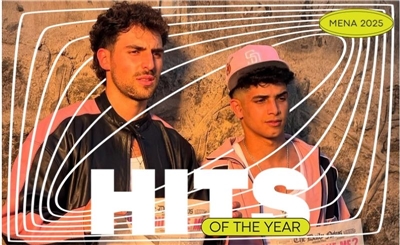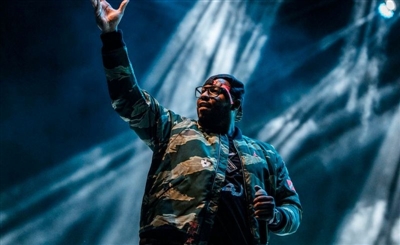Liberating Music: Inside Iran's Growing Experimental Music Scene
We speak to 9T Antiope, Porya Hatami and mHz to find out more about Iran's flourishing experimental music scene.
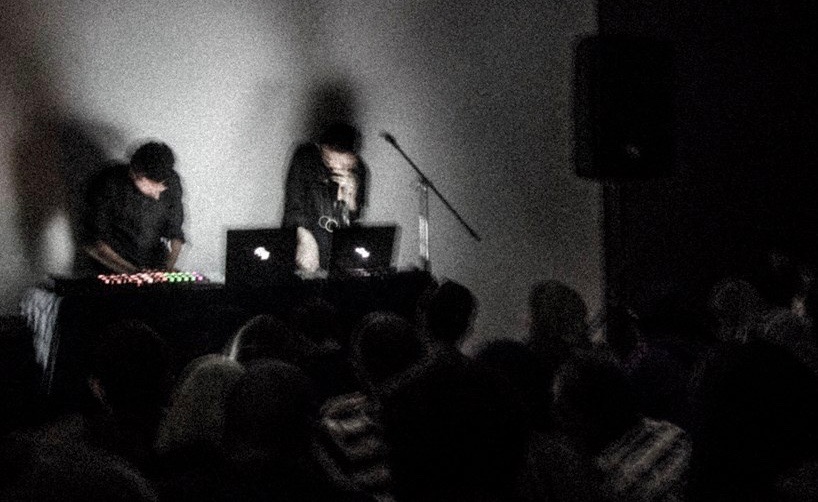
The first countries that come to mind when thinking about a living and breathing electronic music scene are Germany, England and France - the usual suspects. Few, however, will mention Iran - a country whose music came to incorporate more and more western influences starting from the 50s. The arrival of the electric guitar and other western elements began to build unique pop, rock and jazz scenes, with the likes of Viguen - often referred to as the 'King of Iranian Pop' or the 'Sultan of Jazz' - ushering in what is often remembered as the Golden Age of Iranian pop in the 70s.
<iframe width="560" height="315" src="https://www.youtube.com/embed/v09H-gYAHuo" frameborder="0" allow="autoplay; encrypted-media" allowfullscreen></iframe>
But as with so much contemporary culture at the time, the 1979 Islamic Revolution cast pop, rock and jazz into the underground, demonising it as a poison to the new the political zeitgeist, which rendered only traditional folk and classical music acceptable for public performances.
Some 40 years later, popular music still very much exists only on the underground. But with the arrival of the internet and the digitalization of music, the tide is changing and it's no more apparent with Iran's hidden, but very much alive, experimental electronic music scene. The country's rich and diverse cultural and musical heritage is something that's worth not giving up on. The legacy of the 50s, 60s and 70s is still alive in spirit at least. Iran has always had a unique and distinctive sound, dating back thousands of years, and it's this standing that inspires.
It might be surprising for some, but the introduction of the internet to Iran opened up a new world of possibilities, led by a young generation of thriving musicians. “A new generation of younger musicians are now entering as well, that of course have a greater pace when it comes to progress,” 9T Antiope, the Iranian born Paris based duo, tell us. With a young generation of musicians coming up, a young crowd is also growing. “The audience in Tehran is a very young, curious, diverse audience that is as thirsty for exploration as the artist and that shows itself very strongly in the live shows and from the interaction of the audience with the artist; it's as if the shows have become a collaboration between the artist and the audience,” 9T Antiope add.
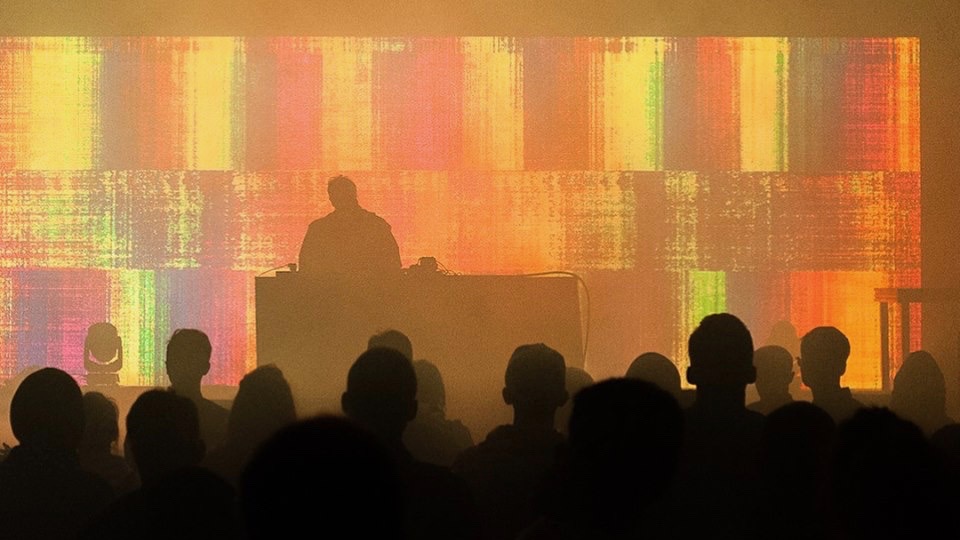
9T Antiope are one of the four Iranian artists we talked to, in seeking a better understanding of the mechanics of the Iranian electronic scene. Nima Aghiani and Sara Bigdeli met when they were both part of the the Tehran Camerata Orchestra, before they left Tehran for Paris in 2014. Although they left, they still hold close some of their hometown’s sonic characteristics. “Tehran has many character sounds that are one of a kind, like numerous jobs that include an interaction with the streets, have developed their own signature sounds,” they told us. It is this blend of sounds that feed a musician’s brain from their youth, that develop their sound signature when they establish themselves. 9T Antiope’s music is a melange between lush sound beds, personal lyrics and sometimes noise. Which kind-of reflects the overall sound of Tehran’s creative music scene. Artists like Sote, Siavash Amini, Porya Hatami, mHz and others have embraced the experimental aesthetic, using it as a storytelling medium. Iran’s sound is reflective.
<iframe width="100%" height="300" scrolling="no" frameborder="no" allow="autoplay" src="https://w.soundcloud.com/player/?url=https%3A//api.soundcloud.com/tracks/308634480&color=%231c0606&auto_play=true&hide_related=false&show_comments=true&show_user=true&show_reposts=false&show_teaser=true&visual=true"></iframe>“9T Antiope is a personal project to us; it's very narrative, in the sense that there is always a story behind each album and release, written down specifically for that project, with its own characters and events and all. It might sound dark and noise-y, because the stories that are written aren't happy ones and entwined with the music they, at times try, to oppose that sense of comfort and pleasure -in its literal meaning - one might seek in music."
Nowadays, anyone with a laptop has the ability to download software and start synthesizing sounds and mangling other recorded ones with endless possibilities. This is why electronic music in particular has been on the rise as more and as more would-be musicians delve into it, the more they acquire a taste what is more obscure, personal and crafted.
“There are many reasons for the sudden burst of Iran's electronic scene. There are social and political reasons; easier access to broadband and rise of internet culture over the last decade; access to online sources and relatively cheaper equipment. All this has played a role in driving people toward electronic music,” comments Porya Hatami on the rise of the experimental/ambient music scene in Iran.
<iframe width="100%" height="300" scrolling="no" frameborder="no" allow="autoplay" src="https://w.soundcloud.com/player/?url=https%3A//api.soundcloud.com/tracks/442677180&color=%231c0606&auto_play=true&hide_related=false&show_comments=true&show_user=true&show_reposts=false&show_teaser=true&visual=true"></iframe>
This all begs one question - where do artists and fans meet to lose their selves in music? The number of music festivals in Iran is in constant growth, nearly all of which are organised by the musicians themselves. These events are often held in cinemas, theaters, or art galleries. “The artists do all the work including arranging the events, reserving venues, working as sound engineers during the soundcheck, taking care of the sound equipment, mostly pay expenses out of their own pockets without any external financial support,” 9T Antiope reveal. It's something that has added a unique characteristic to the scene in Tehran. It's is real, raw, and untouched by any sort of commercial demands. Despite the hurdles it faces, the scene is self-sufficient and it's all done for the love of the music
One of the people pushing the limits of the Iranian scene is Sote, aka Ata Ebtekar, a music composer and sound artist based in Tehran, whose works aren’t limited to signing to some of the most influential record labels such as Warp, Sub Rosa and Opal Tapes. Sote also influences his hometown music scene by organizing SET Experimental Arts Events with Siavash Amini, in collaboration with CTM, that is the main wire of enforcement between Tehran and Berlin’s cultural scene. Experiencing this in Tehran is definitely special and may be confusing at times, as the alien soundscapes and noisey sounds may be new to the audience. But like any other ‘obscure’ genre that is an acquired taste, people get used to it, and it’s happening. Being oppressed is like tying a dog to its niche; whenever it breaks, all the energy that’s been building will explode. This is why younger generations of crowd and musicians are really music hungry and willing to experience new forms of it. “Today more people are listening to this kind of music, more people going to performances and they are very learned audience compared to 5 or 10 years ago.” Says Porya Hatami.
Iran is on its way to becoming an experimental music factory, with the growing scene very much becoming self-dependent and even self-supportive. “Everything is still DIY and based on a support system between the artists and by that mean, each and every one of them now almost knows how to do it all! Of course here there is much more support in every sense,” comment 9T Antiope. As time goes by, as the music evolves and as more musicians get into it, the future looks incrasingly brighter. "I am confident that the scene will grow even further and further, states mHz. There's a lot happening. Not only these hallmark events and festivals, but also lots of smaller sound and digital art exhibitions and electronic music events pop up everyday [...] That being said, with the current direction of the international politics, and all the unfair, unjust, and inhumane travel bans, crippling sanctions, and economic warfare imposed on my people, this is going to be a hard battle."
- Previous Article Getting Abyusif
- Next Article 23 Must-Watch Middle Eastern Music Documentaries
Trending This Month
-
Dec 24, 2025
-
Dec 23, 2025



